Insights >
Japan loves Starbucks – but why?

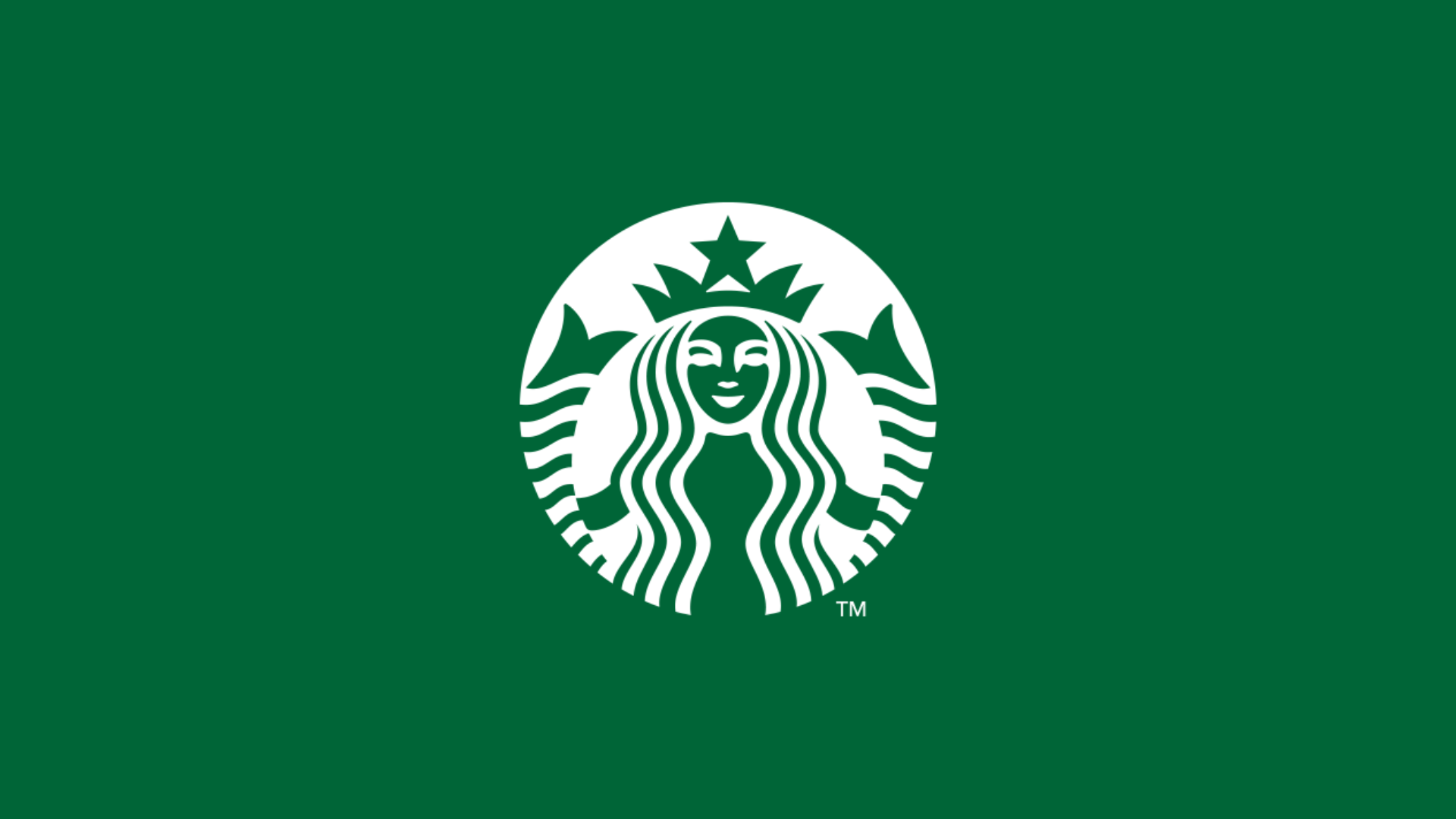
New: 2024 Japanese Consumer Behaviour | Whitepaper | download for FREE >>


The Seattle coffee giant is well-known & loved in Japan, but why?
Is it just a lucky coincidence, or a masterful marketing strategy? Why was Japan Starbucks’ first overseas location? And how did green tea and sakura cherry blossoms become a staple on the menu?
Source: DMFA YouTube channel
Starbucks opened its first coffee shop in Seattle in 1971 as a roaster and retailer of whole bean, ground coffee, tea and spices.
As of January 2022, it has 34,317 open stores across the world.
After opening stores in multiple locations across the US, Starbucks decided to expand into the Japanese market. It was their first international venture.
The first Tokyo store opened in 1996, with 1,727 stores in Japan as of June 2022.
 First Starbucks in Japan. Source: starbucks.com
First Starbucks in Japan. Source: starbucks.com
Starbucks understood the risks of entering a foreign market without having a proper knowledge of its uniqueness.
When they first opened in Japan, it was a 50-50 joint venture in collaboration with Sazaby League, a famous retailer and restaurant chain, which was already a big name in the Japanese market.
Their partner helped them establish the brand as they knew the local market inside out.
When Starbucks became confident that it could run its operations independently, it took complete ownership in 2004 and kept expanding. Although it was the company’s first international venture, it continued this strategy. Starbucks launched in India with a partnership with India’s big player TATA group.
Starbucks Japan understood that to succeed in the new market, they needed to localise their brand, including their products and services.
They conducted extensive market research in 1995 before entering the market. The market research provided valuable insights that led to targeting women around the age of 30, who were trendy and didn’t smoke.
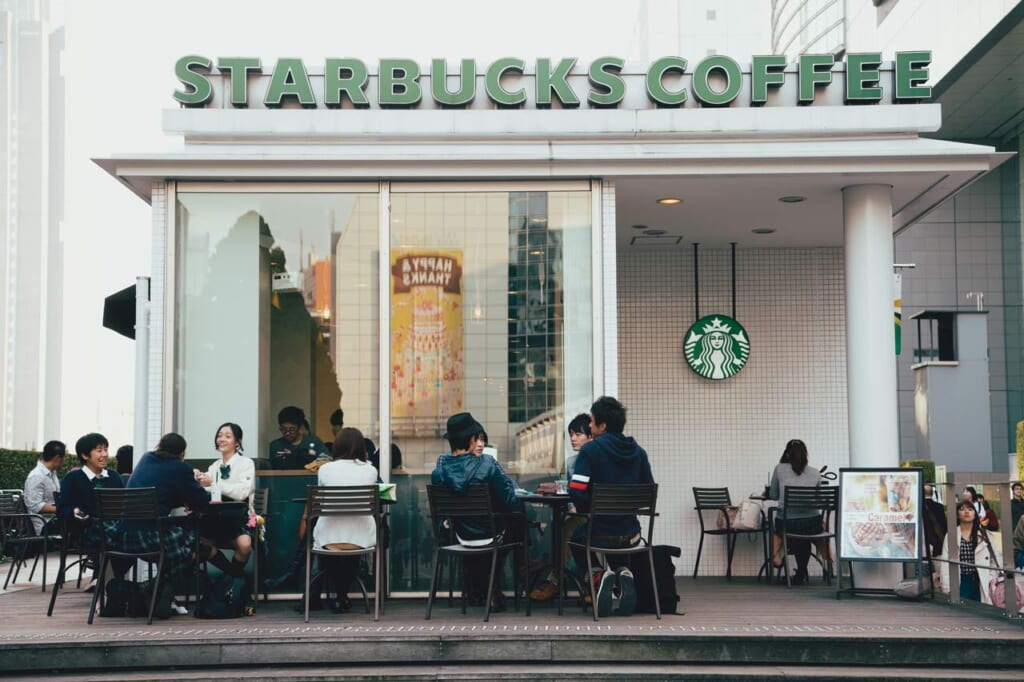
Source: starbucks.co.jp
Opening a non-smoking cafe seemed a bit risky during that time, as the smoking population in Japan was relatively high. Starbucks initially installed a non-smoking area in its 1st store, but soon, all the stores became non-smoking.
This strategy succeeded in attracting their primary target. They did a great job in successfully reaching loyal customers from the start.
The first thing they noticed was that tea is a big part of Japanese culture, so they added new tea items to their menu, with matcha-flavoured drinks being one of them.
Green tea lattes and frappuccinos are now a staple menu item in many locations worldwide, not only in Japan.
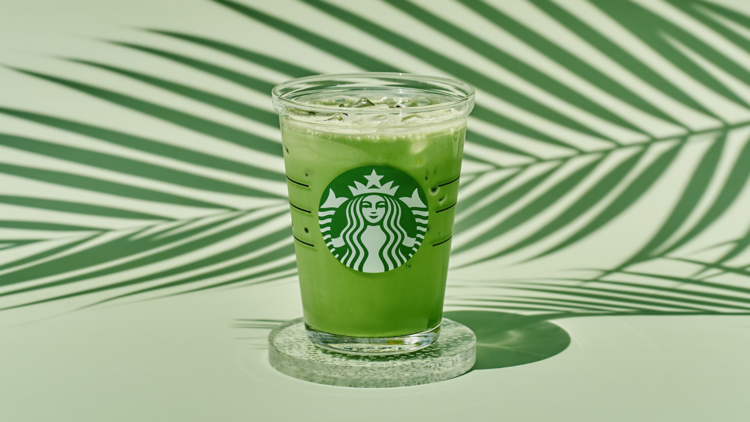 Source: starbucks.co.jp
Source: starbucks.co.jp
Another thing they noticed was serving sizes. Starbucks Japan offers smaller sizes when compared to the US stores.
Extensive research into the consumer flavour palette also revealed that Japanese people prefer drinks with less sugar, so Starbucks decided to amend the drink recipes, making them match the Japanese taste buds better.
But how about the service? We all know that Starbucks in the US and UK is very casual.
It is a standard practice for the staff to ask for the customer’s name and then shout it out once the order is ready.
Being extremely polite in public scenarios is deeply embedded into Japanese culture. Starbucks knew they needed to change the way they performed in-store operations. Asking someone for their first name and then shouting it out loud would be considered inappropriate, and even rude.
This is why, rather than names, Starbucks customers are assigned an order number. It also makes Japanese Starbucks much quieter and calmer, which suits the Japanese lifestyle.
Starbucks decided to hire local architects and paid a lot of care and attention to building beautiful coffee shops in unique locations, that would fit into the surrounding environment.
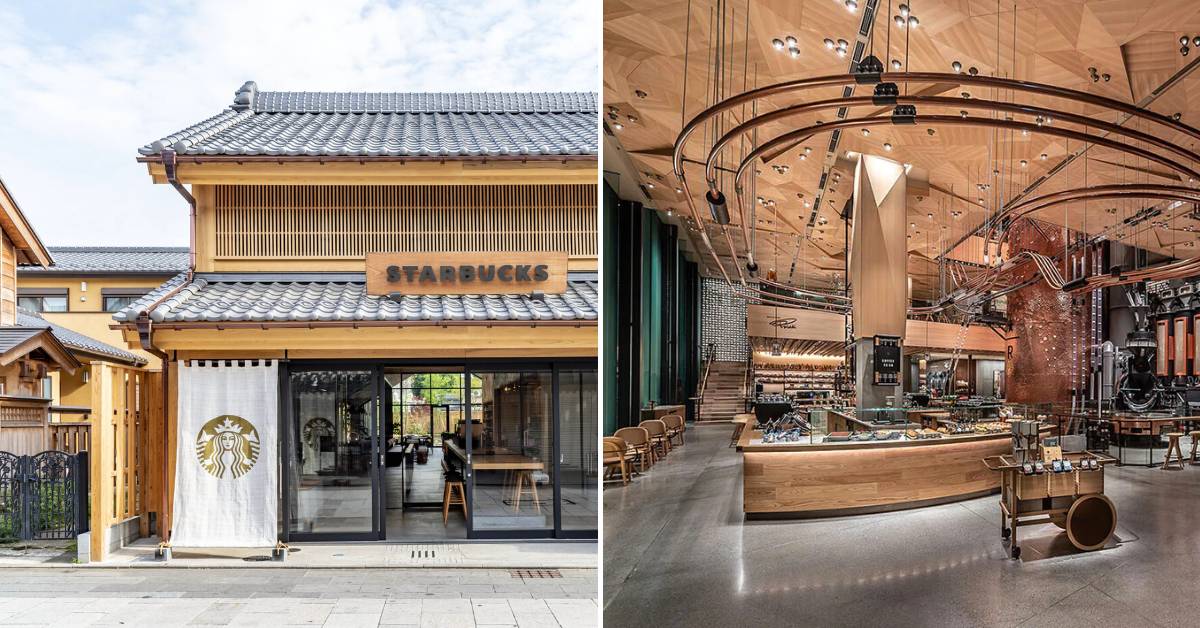 Source: Starbucks Reserve
Source: Starbucks Reserve
Spring is when the whole country gets covered in beautiful pink flowers, and it is the time when Starbucks launches its cherry blossom-themed menu, which includes sakura-flavoured drinks and foods, as well as pink merch, like mugs, tumblers, and souvenirs.
Those items are not only very pretty, but also make it a perfect subject to post on social media – and we all understand the power of sharing on social media by now.
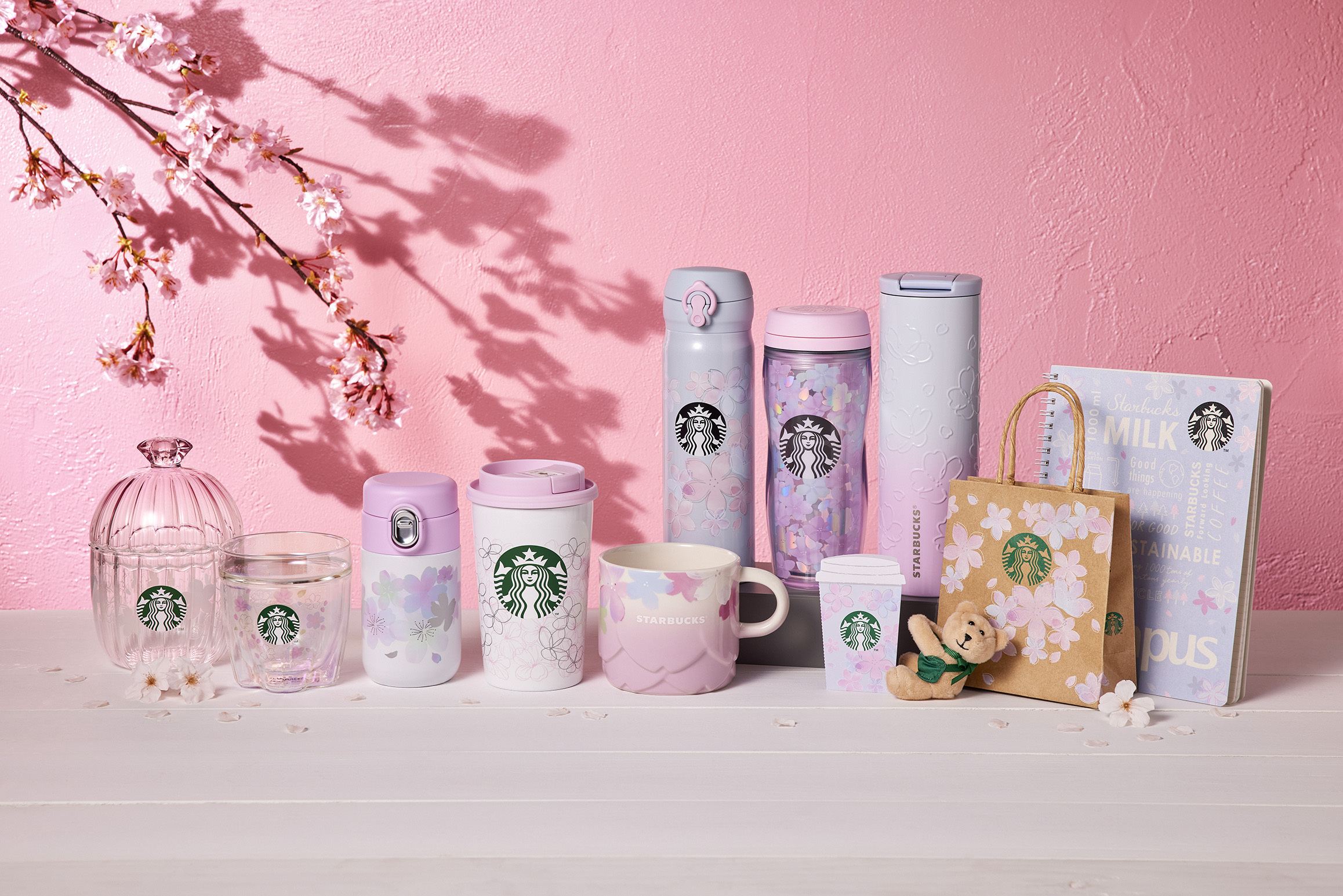 Source: starbucks.co.jp
Source: starbucks.co.jp
Starbucks is also great at utilising local marketing platforms to reach an even wider audience.
When Starbucks combined their forces with LINE in 2019 and released the LINE Starbucks card, it topped 1 million users within 2.5 months.
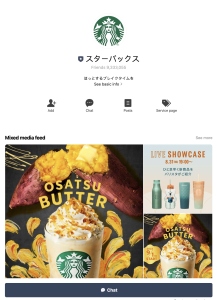
Currently, Starbucks’ Official Account has over 9.3 million LINE friends.
You don’t need to download a separate Starbucks app to order your favourite drink. You can do it all straight from the LINE app.
Ordering through a mobile app has other benefits. It reduces the time spent waiting for a drink and allows baristas to engage in more conversations with customers ordering at the register.
 If you are looking for an agency to boost your digital marketing in Japan, or a trusted partner in the APAC region – we are here to help!
If you are looking for an agency to boost your digital marketing in Japan, or a trusted partner in the APAC region – we are here to help!
Simply fill in the form, and our team will get back to you as soon as possible →